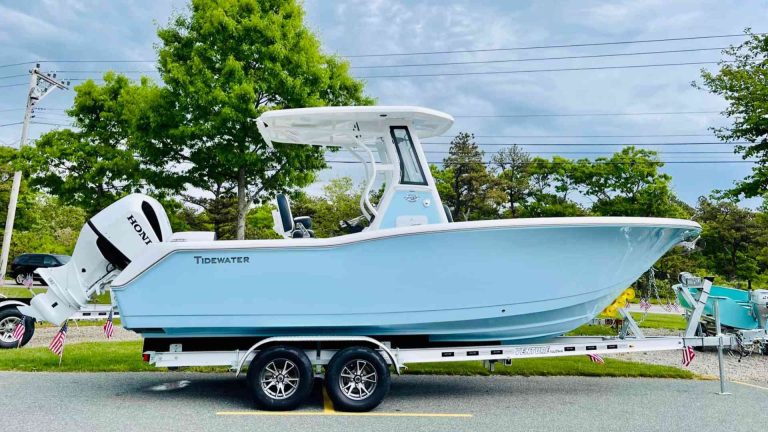5 Most Common Problems with Mercury OptiMax 200
The Mercury OptiMax 200 is a powerful and popular outboard motor, but like any machine, it can experience problems. While generally reliable engines, some issues are more common than others. Here, we’ll discuss the most prevalent problems with the OptiMax 200, their symptoms, and potential solutions.
1. Fuel System Issues:
- Fuel Pressure Problems: This is one of the most common issues with the OptiMax 200. Symptoms include engine stalling, hesitation, and difficulty starting. The problem can be caused by a faulty fuel pump, a clogged fuel filter, or a leaking fuel line. Diagnosis requires checking fuel pressure with a gauge and identifying the source of the problem.
- Injector Issues: Dirty or clogged injectors can cause rough running, poor fuel economy, and decreased power. Cleaning or replacing the injectors may be necessary.
2. Air System Issues:
- Air Compressor Failure: The air compressor is a crucial component of the OptiMax 200’s direct injection system. If it fails, the engine will not run. Symptoms include a loud grinding noise, lack of power, and overheating. Replacing the air compressor is typically necessary.
- Tracker Valve Leakage: This valve controls the air pressure in the engine. A leak can cause rough running, poor fuel economy, and decreased power. Replacing the valve is the solution.
3. Ignition System Issues:
- Spark Plugs: Fouled or worn spark plugs can cause misfiring, rough running, and difficulty starting. Replacing the spark plugs regularly is essential.
- Ignition Coils: Faulty ignition coils can also lead to misfiring and engine problems. Replacing the coils may be required.
4. Sensor Issues:
- Throttle Position Sensor (TPS): A faulty TPS can cause inaccurate readings, leading to engine performance problems. Symptoms include erratic idle speed, surging, and stalling. Replacing the TPS is typically the fix.
- Exhaust Temperature Sensor: This sensor monitors the engine’s exhaust temperature and helps regulate fuel delivery. A malfunctioning sensor can lead to engine performance issues. Replacing the sensor is typically necessary.
5. Other Potential Problems:
- Overheating: Various factors can cause overheating, including a faulty water pump, clogged thermostat, or blocked cooling passages. Addressing the underlying issue is crucial to prevent engine damage.
- Oil Leaks: Leaks can occur from various seals or gaskets. Identifying the source and replacing the faulty component is necessary.
Prevention Tips:
- Regular maintenance: Performing routine maintenance, including oil changes, filter replacements, and inspections, can help prevent problems and extend the engine’s life.
- Use high-quality fuel and oil: Utilizing the recommended fuel and oil types can help ensure optimal performance and reduce the risk of issues.
- Winterization: Properly winterizing the engine before long periods of non-use is crucial to prevent damage from freezing temperatures.
- Seek professional help: If you encounter any problems you’re unsure of, don’t hesitate to consult a qualified marine mechanic.
While the Mercury OptiMax 200 is a reliable engine, it’s not immune to problems. By being aware of the most common issues, their symptoms, and potential solutions, you can be better prepared to address them and keep your engine running smoothly. Remember, regular maintenance and professional assistance are key to preventing problems and ensuring your OptiMax 200 provides years of reliable service.
Share 5 Most Common Problems with Mercury OptiMax 200 with your friends and leave a comment below with your thoughts.
Read 7 Most Common Problems with Suzuki 140 Outboard until we meet in the next article.






